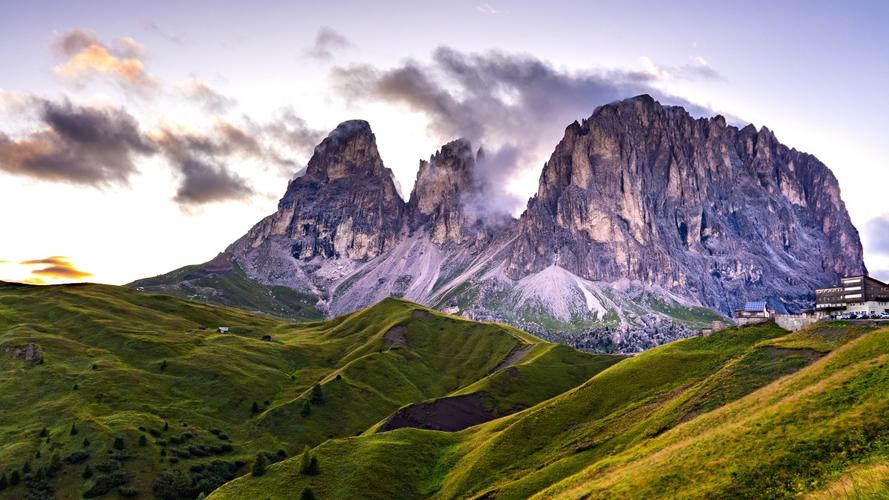Cultural Practices Examples: The Importance of Preserving Traditions
Culture is an integral part of society that defines a group of people’s unique identity, beliefs, values, and customs. It encompasses a wide range of activities, from language, dress, music, art, food, festivals, and sports. As such, cultural practices play a critical role in shaping communities’ values and history, reflecting their experiences, struggles, and triumphs. In this article, we will explore the importance of preserving traditions as a way of safeguarding our heritage, sharing our stories, and building stronger communities.
Why Preserve Cultural Practices?
Cultural practices embody the richness and diversity of human experiences that have evolved over generations. They play a crucial role in fostering social cohesion, creating a sense of belonging, and promoting intercultural dialogue. Several reasons justify preserving cultural practices, including:
1. Maintaining Heritage: Cultural practices represent a group’s heritage and identity, helping individuals connect with their ancestors’ history, traditions, and customs. By preserving these practices, we can keep our heritage alive and passing it down to future generations.
2. Promoting Diversity: Cultural practices provide a platform for celebrating diversity, promoting a sense of inclusion, and recognizing that people can have different ways of thinking and living. They help us appreciate and value our differences, leading to more tolerant and cohesive societies.
3. Strengthening Communities: Cultural practices promote social cohesion by bringing people together and enhancing interpersonal relationships. Participating in cultural activities fosters a sense of togetherness, allowing individuals to learn and grow together.
Examples of Preserved Cultural Practices
Cultural practices take various forms, ranging from art, music, cuisine, fashion, dance, and festivals. Here are examples of cultural practices that have been preserved over time and have become part of a community’s heritage:
1. Japanese Tea Ceremony: The Japanese tea ceremony has been a crucial aspect of Japan’s culture for centuries. It involves ceremonial preparation and presentation of matcha (powdered green tea) to guests, emphasizing mindfulness, respect, and tranquility.
2. Mexican Day of the Dead: The Day of the Dead, or Dia de los Muertos, is a festival celebrated in Mexico and parts of the United States. It honors deceased friends and family members by building altars, wearing face paint, and offering food, flowers, and alcohol to the dead.
3. Indian Holi Festival: Holi is a spring festival that originated in India and is now celebrated worldwide. It involves throwing colored powders, dancing, and singing to celebrate the arrival of spring, symbolizing the triumph of good over evil.
Conclusion
Cultural practices are integral to a community’s identity, history, and traditions. They serve as a way to maintain our heritage, promote diversity, and strengthen communities. As such, it’s essential to preserve cultural practices by passing them down to future generations, celebrating them within our communities, and ensuring that they remain alive. By doing so, we can learn from our ancestors’ experiences, appreciate our differences, and build stronger, more inclusive societies.
(Note: Do you have knowledge or insights to share? Unlock new opportunities and expand your reach by joining our authors team. Click Registration to join us and share your expertise with our readers.)
Speech tips:
Please note that any statements involving politics will not be approved.
